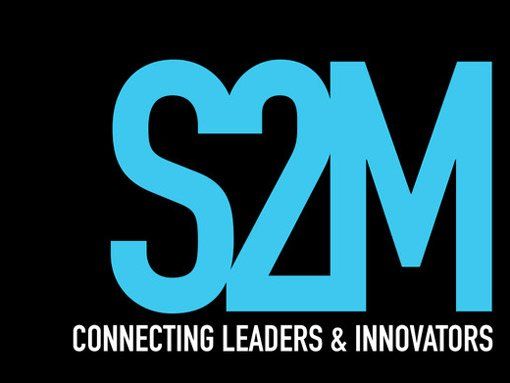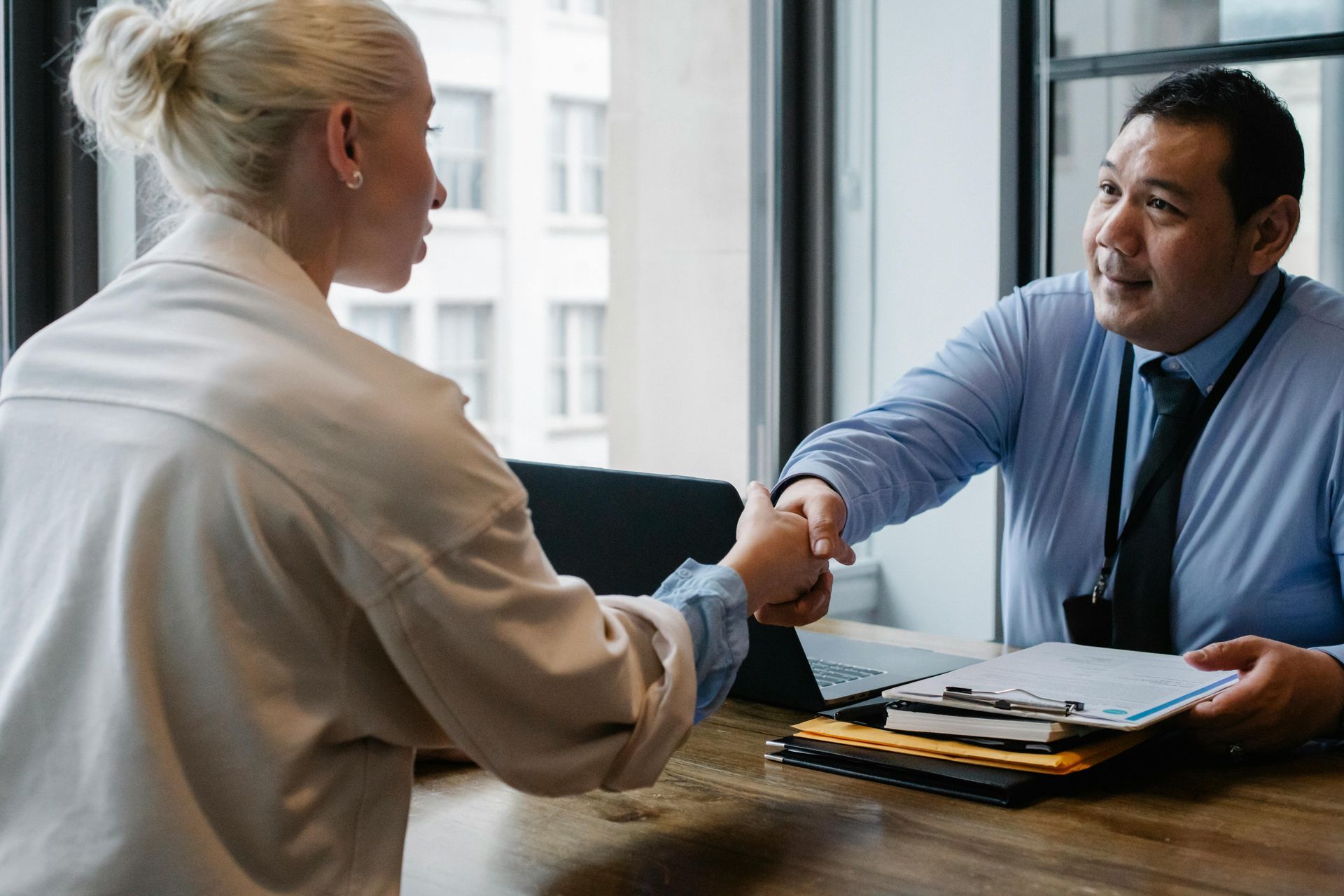The Top 3 Emerging Marketing Analytics Trends of 2018
2018 has been a bit of a crazy year. With Trump in power and the whole Cambridge Analytica saga, we have finally seen the power of big data when placed in the wrong hands. As we see the impact of using big data and psychographic analytics, digital marketing seems to be moving away from the idea of psychographic profiling and big data sets into something more streamlined.
Here are my top 3 emerging marketing analytics trends for 2018.
1. Clean data not big data
It seemed that only a few years ago that big data was on the tip of everyone’s tongues in the digital marketing world. Big data, or the idea that you can extrapolate huge volumes of trends and analytics from large data sets seemed to be an incredible idea not that long ago. At its peak in the zeitgeist, big data presented a future where we didn’t need to do market research, all we needed to do was consult big data, and the rest would take care of itself.
It seems now that the concept of using big data has faded. Apart from Facebook, Google and the other major players, most companies lack the tools to extrapolate any really useful information from big data sets.
What we’re seeing now in the digital marketing space is not the idea of big data being the key, but clean data.
To put things in context, clean data is the idea that the data sets that we already have contain all the information we need, and we don’t need any more data sets (especially not those from data brokers). Marketing analytics players are now starting to be able to extrapolate efficiently from current data sets, so long as they are clean and managed well.
2. Artisan analytics favoured over automation
Something that seems to be an emerging trend is the adoption of “old school” analytics over automated real-time dashboards.
One of the companies I recently recruited for talked about how they were moving away from the idea that everything they were seeing through automated analytics was gospel, as they weren’t getting the same results as they were in the years prior. Once they began to “sift” through the data, they were able to determine much more easily where their customer issues lay. It’s much more time consuming to sift through data, but doing so could yield better campaign results.
3. One percent plays
The term “one percent plays” seems to be thrown around a lot lately. The concept of the “one percent” seems to come from the idea that spending money on advertising and larger scale campaigns is bringing the acquisition cost up, which in turn eats away at the precious margins. Making a one percent play means doing something smaller, but more consistently to drive customers in the door. In digital marketing this has translated to companies spending less on advertising but putting more effort in to soft sell campaigns.
I recently heard the term at a digital marketing meetup, where a client of mine stated that they were scaling back their digital advertising spend in favour of one percent gains.
In analytics terms this has translated to measuring impressions on social media posts, building retention through offers available to existing customers, or even just putting your name out there through event sponsorships.
Though 2018 is well under way, I suspect we will see a few others emerge before the year is out.






